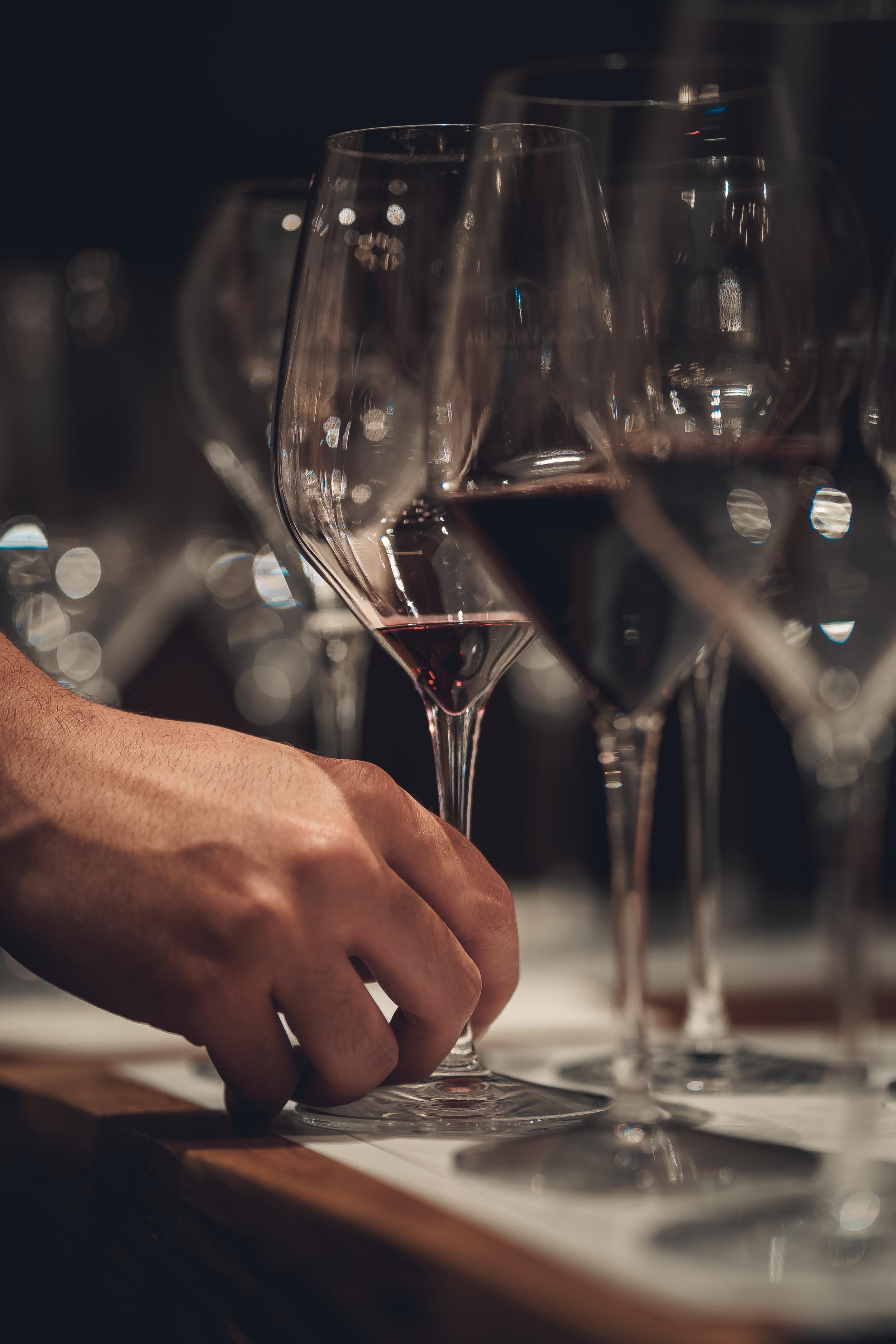
Cabernet Sauvignon is one of the world’s most renowned grape varieties, and for good reason. It produces complex, full-bodied wines with intense flavors and aromas that are appreciated by wine lovers all over the globe.
First, the grape variety itself: Cabernet Sauvignon is a thick-skinned grape with a high level of tannins, which contribute to its structure and aging potential. It’s also known for its blackcurrant flavor, which is often accompanied by notes of blackberry, black cherry, and cedar. Cabernet Sauvignon is primarily grown in Bordeaux, France, but it’s also widely cultivated in California, Australia, among other wine regions around the world.
When it comes to tasting Cabernet Sauvignon, there are a few things to keep in mind. Many believe it is important to decant the wine before drinking, especially if it’s young. This allows the wine to open up and release its aromas and flavors fully. You should also serve Cabernet Sauvignon at a temperature somewhere between 56-65 degrees to bring out its best qualities.
When you first taste most Cabernet Sauvignon, you’ll notice its full-bodied nature and high tannin content. These tannins can create a dry and slightly bitter sensation in the mouth, but this is perfectly normal and is part of what gives Cabernet Sauvignon its distinctive character. The dark black fruits (especially blackcurrant) are often complemented by hints of cedar, tobacco, and sometimes even chocolate or coffee.
If you’re interested in pairing Cabernet Sauvignon with food, it’s an excellent match for red meats such as beef, lamb, and venison. The high tannin content of Cabernet Sauvignon can help cut through the richness of these meats and create a balanced pairing. It’s also a good choice for strong cheeses such as Roquefort or mature cheddar.
Cabernet Sauvignon is a wine that can age well for many years, developing even more complexity and depth of flavor as it matures. If you’re planning on aging Cabernet Sauvignon, it’s important to choose a high-quality wine with a good level of tannins and acidity. You should also store the wine in a cool, dark place with a consistent temperature around 55 degrees.

